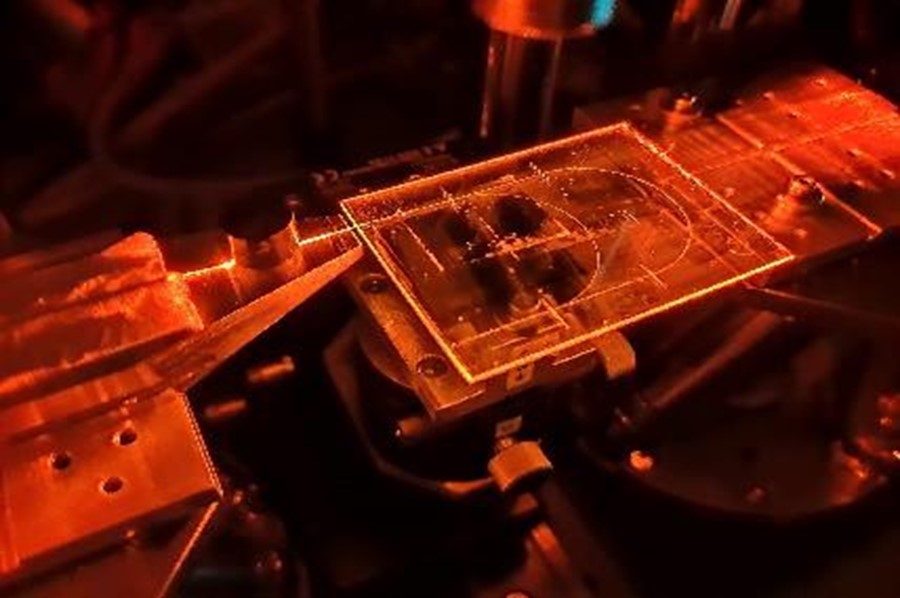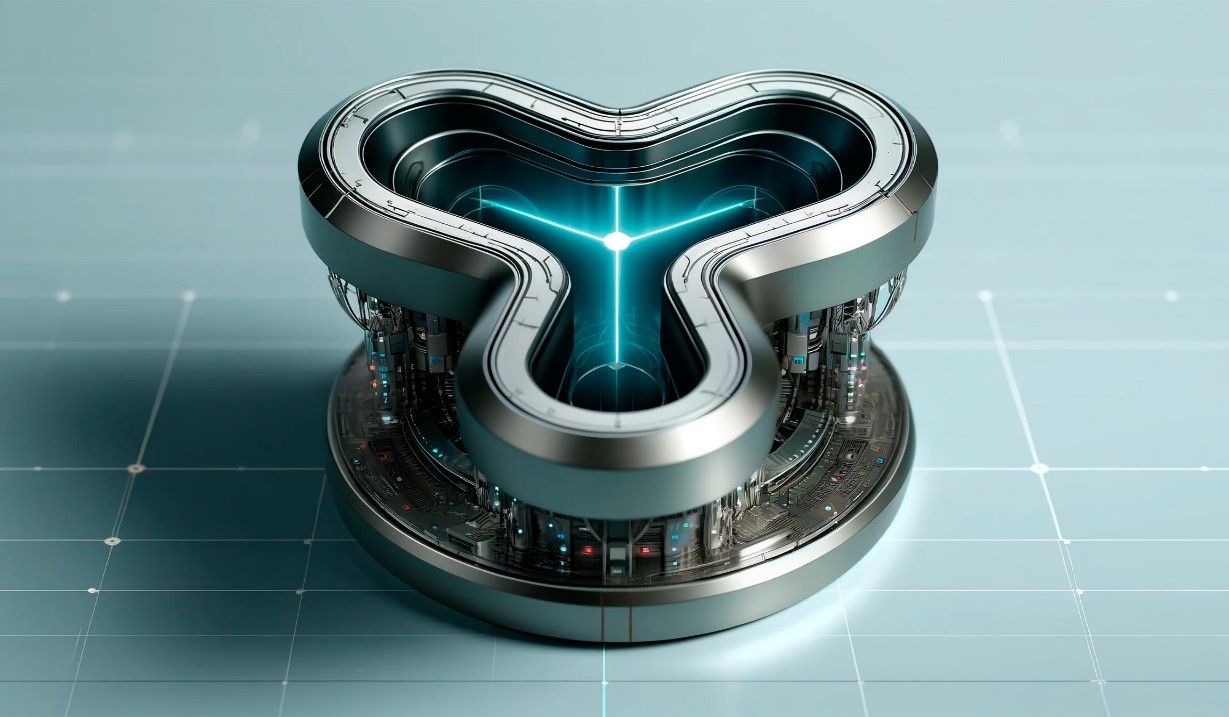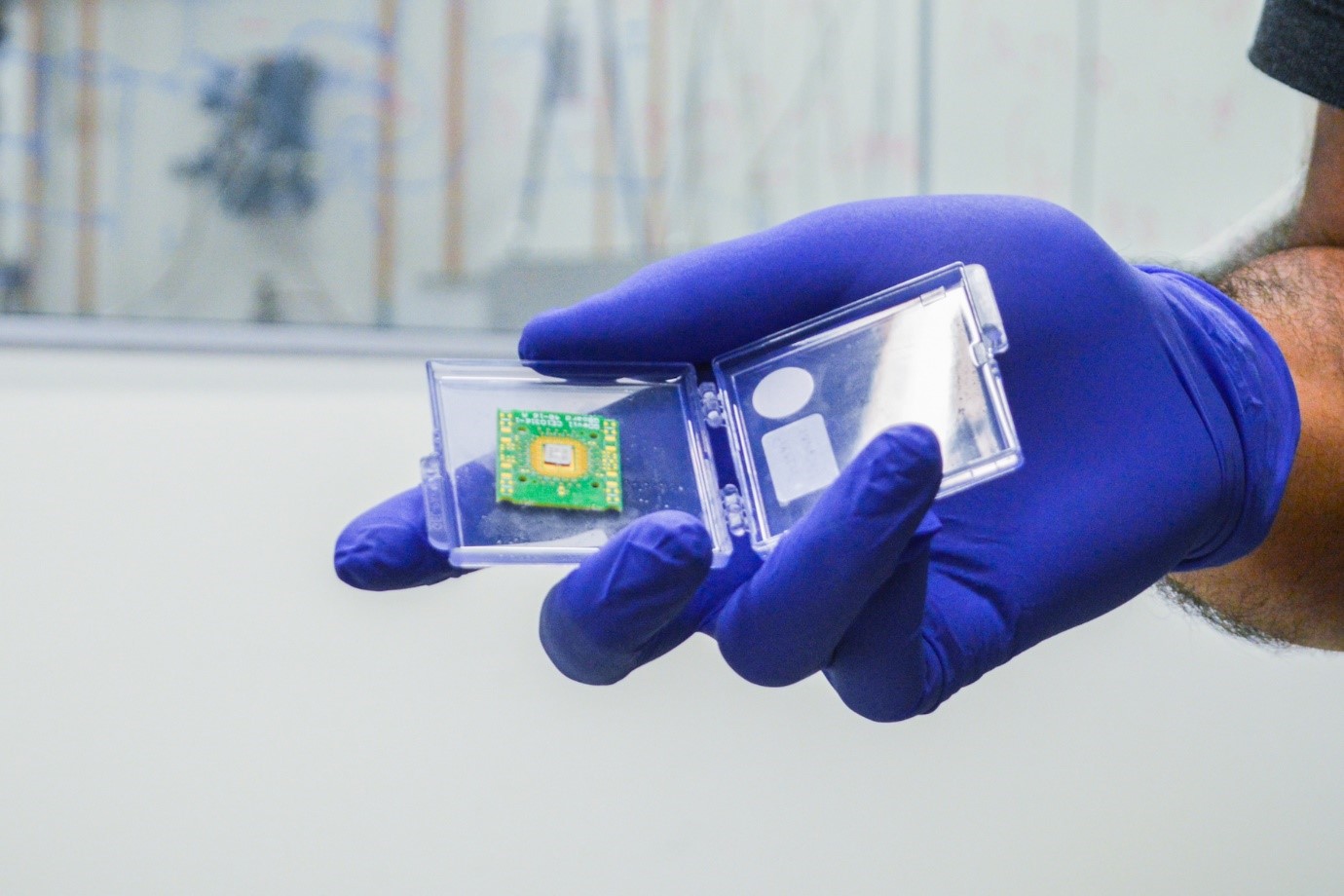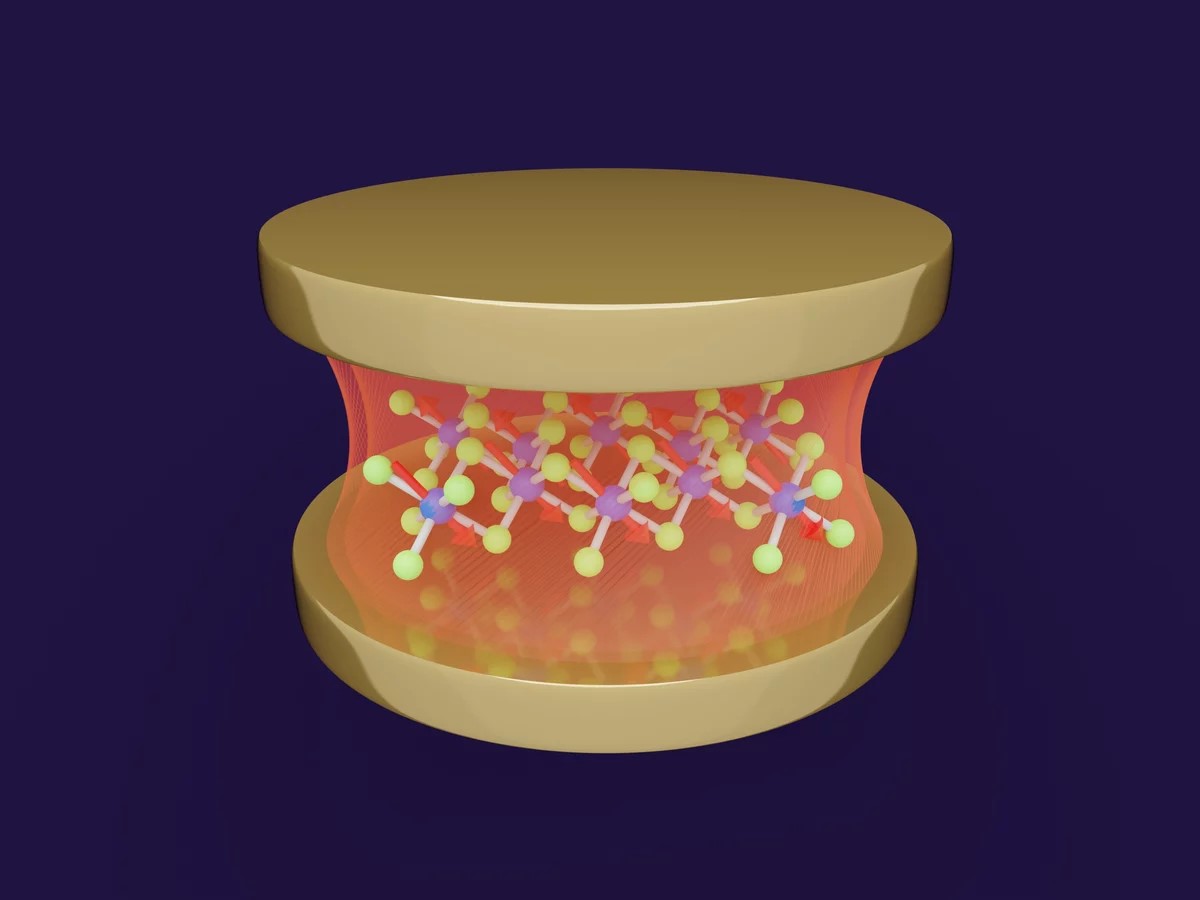Advancing Beyond Binary: 2D Magnetic Devices Facilitate Brain-Like Probabilistic Computing
Researchers at the University of Wyoming have devised a novel approach for manipulating magnetic states within 2D materials, offering potential breakthroughs in computing capabilities and energy conservation. Picture a future where computers emulate human thought processes, learning and making decisions with unprecedented speed and efficiency, surpassing the current capabilities of computing by leaps and bounds.
Advancement in Magnetic Manipulation
At the University of Wyoming, a team of researchers has pioneered a groundbreaking technique for managing minute magnetic states within ultrathin, two-dimensional (2D) van der Waals magnets, comparable to the mechanism of flipping a light switch to control a bulb. According to Jifa Tian, an assistant professor in UW's Department of Physics and Astronomy and interim director of UW’s Center for Quantum Information Science and Engineering, "Our discovery could lead to advanced memory devices that store more data and consume less power or enable the development of entirely new types of computers that can quickly solve problems that are currently intractable."
Tian served as the corresponding author of a paper titled “Tunneling current-controlled spin states in few-layer van der Waals magnets,” published on May 1 in Nature Communications. This open-access, multidisciplinary journal focuses on publishing high-quality research across various fields, including biological, health, physical, chemical, Earth, social, mathematical, applied, and engineering sciences.
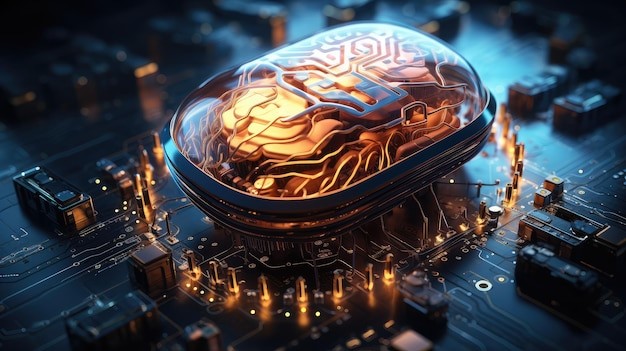
Figure 1. Advancing Magnetic Control in 2D Materials for Next-Gen Computing Technologies
Comprehending Van Der Waals Materials
Figure 1 shows Advancing Magnetic Control in 2D Materials for Next-Gen Computing Technologies. Van der Waals materials consist of tightly bonded 2D layers held together in the third dimension by weaker van der Waals forces. For instance, graphite, a widely used van der Waals material, finds application in various industries such as electrodes, lubricants, fibers, heat exchangers, and batteries. The inherent properties of van der Waals forces between layers allow scientists to utilize Scotch tape for the precise extraction of atomic-thin layers. The research team engineered a device called a magnetic tunnel junction, employing chromium triiodide—a 2D insulating magnet only a few atoms thick—sandwiched between two graphene layers. By passing a minute electric current, known as a tunneling current, through this structure, the alignment of magnetic domains (approximately 100 nanometers in size) within individual chromium triiodide layers can be controlled, as described by Tian.
Progress in Manipulating Magnetic Spin
According to ZhuangEn Fu, a former graduate student in Tian’s research group who is now a postdoctoral fellow at the University of Maryland, "this tunneling current not only can control the switching direction between two stable spin states, but also induces and manipulates switching between metastable spin states, called stochastic switching." Tian further emphasizes the practical significance of this breakthrough, stating, "It consumes three orders of magnitude smaller energy than traditional methods, akin to swapping an old lightbulb for an LED, marking it a potential game-changer for future technology." He adds, "Our research could lead to the development of novel computing devices that are faster, smaller, and more energy-efficient and powerful than ever before. Our research marks a significant advancement in magnetism at the 2D limit and sets the stage for new, powerful computing platforms, such as probabilistic computers."
Advancement In Computers with Probabilistic Capabilities
Traditional computers rely on bits, representing information as either 0s or 1s, forming the basis of conventional computing. In contrast, quantum computers leverage quantum bits, or qubits, capable of simultaneously representing both 0 and 1 states, exponentially enhancing processing capabilities. “In our research, we've developed what could be considered as a probabilistic bit, capable of transitioning between 0 and 1 states (two spin states) based on controlled probabilities through tunneling currents,” explains Tian. “These bits exploit the distinctive characteristics of ultrathin 2D magnets and can be interconnected in a manner reminiscent of neurons in the brain, giving rise to a novel computing paradigm known as probabilistic computing.”
Transforming Computing Through Innovative Technologies
"The potential revolution lies in their capability to tackle tasks that are highly demanding for conventional and even quantum computers, like specific complex machine learning assignments and data processing challenges," Tian elaborates. "They inherently tolerate errors, boast simple designs, and occupy minimal space, potentially paving the way for more efficient and potent computing technologies."
Source:nature communications
References:
- https://scitechdaily.com/beyond-binary-2d-magnetic-devices-enable-brain-like-probabilistic-computers/
Cite this article:
Janani R (2024), Advancing Beyond Binary: 2D Magnetic Devices Facilitate Brain-Like Probabilistic Computing, AnaTechMaz, pp.126


